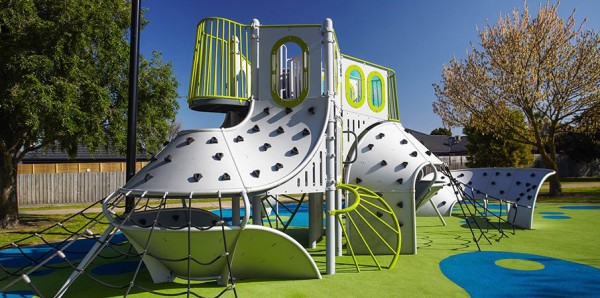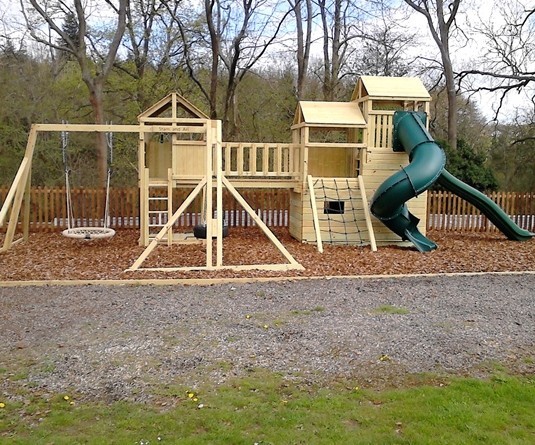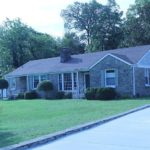There are ten main principles for creating a successful play space. These include:
- That it should be bespoke
- It should be in a good location
- It should make use of the local natural environment
- Accessible to disabled and non-disabled children
- Meet the needs of the community
- Enable children of different ages to play together
- Provide opportunities for children to experience risk and to challenge themselves
- Sustainable and well-maintained
- Open to change and evolution
When designing a place for children to play, the main consideration must be to offer a rich and varied environment where they are free to learn about their natural environment.
A successful play area is able to stimulate all of the five senses including access to sound and possibly music and different smells from plants and flowers, for example. There should be opportunities for movement and plenty of space for physical activity, including energetic games and access to exercises that build strength.

A well-designed play space allows for social interaction, as well as allowing children to choose if they wish to play with others or on their own. The space should provide opportunities to learn negotiation, cooperation, competition and conflict resolution in a safe and supervised environment. They will also provide chances for children to touch and manipulate a range of materials, including natural and man-made.
The spaces must also challenge the children physically and mentally and enable them to test the limits of their current capabilities. This should include a safe environment for rough and tumble, games, sporting activities and climbing. For wooden climbing frames, visit https://www.kidsclimbingframe.co.uk/
Ideally, the space should be designed in keeping with its setting, fitting in with the local surroundings and enhancing the local environment. Early in the design process, the sites should be visited and surveyed to identify those features that can be included in the design of the play space. Good local knowledge and its history will help and can be included in the design.
The site should be located in a place where children would naturally play. This should be away from busy roads, excess noise and air pollution. It could be the best playground on earth but if it’s in the wrong location, it won’t be used.

A location as natural as possible is desirable as studies have shown how much children benefit from being in a natural environment. This could include grass hills, logs, boulders and plants.
A play area should be one where children can engage in play in many different ways and attract children of different ages, different interests as well as being attractive to parents and carers who use the space for social interaction too. The key to this is the concept of non-prescriptive play equipment – where children control what they use equipment for and can use their creativity and imagination.


